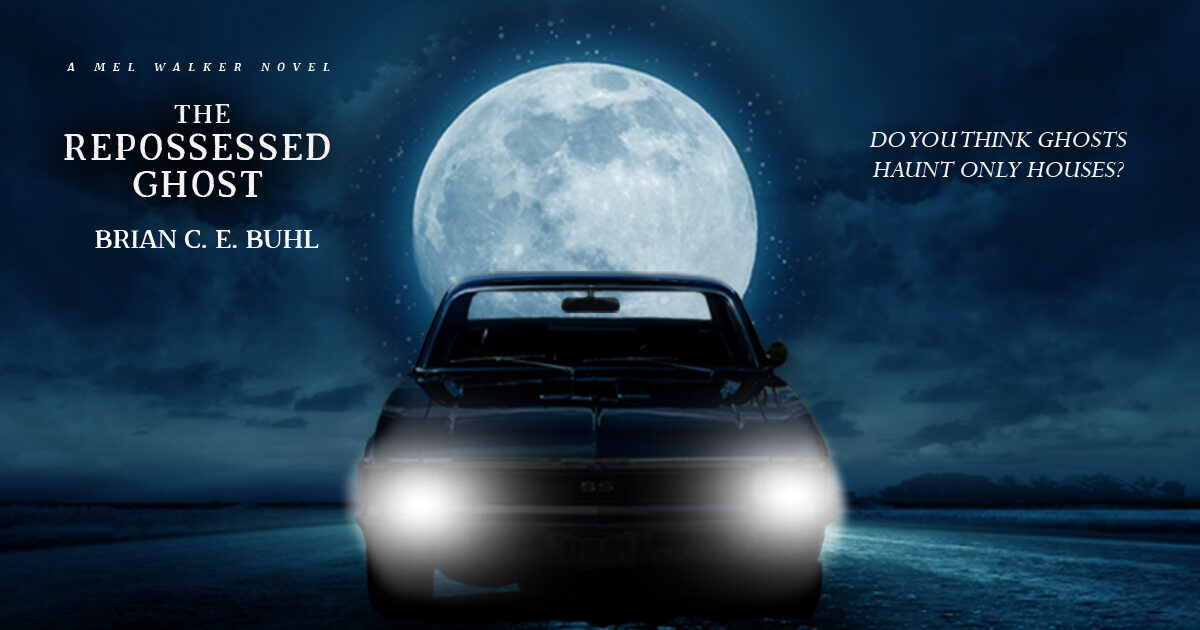It is Saturday, Blogtober 12th, and it’s time to get into the most delicious, horrifying, exhilarating, startling, freeing, thrilling, edifying aspect of writing: descriptions.
Adjectives are Delicious
Two years ago, I wrote an essay about adjectives, their role in a story, and how marketers learned how adjectives don’t have to make sense to be effective. It’s a damn fine post, and I don’t want to repeat myself too much today.
One of the things I will repeat is that adjectives work as magnifiers. When you tack more than one onto an object, the descriptions are multiplicative rather than additive. You can have a zombie, which is scary, or you can have a slavering, oozing, shambling, undead corpse, gnashing its gray-green teeth as it raises its desiccated, malformed hands in the direction of your brain-case. (Hi Ned!)
Adjectives and other descriptors like that are wonderful, but you pay for them with slower pacing. Sticking with the magnifying analogy, a telescope lets you see distant details, bringing objects into clearer focus. However, you wouldn’t want to run a marathon with a pair of telescopes strapped to your face.
Descriptions Reveal Character
When the writer paints a picture with their words, the reader is shown three different entities: the subject being described, the character doing the describing, and the writer themselves.
The subject of the description is the most obvious. When describing a warrior, the scars lining their face inform the reader that this is an individual that’s seen hard combat. The callouses on the farmer’s hands, the lines under the librarian’s eyes, the bruise flowering on the barista’s forearm… these are all details that raise or answer questions. We want the reader asking questions, because that’s how they stay engaged.
We also want to make sure the details we’re including are pertinent to the story. The barista might be wearing a green apron and new running shoes, but if the character isn’t running or spilling things on themselves, we don’t need to bother the reader with that information. They’ll fill in those details on their own. The bruise on their forearm is unique. Is this person in an abusive relationship? Do they run the streets as a vigilante when they’re not brewing coffee? What the hell happened to them? It’s an interesting detail, but if it doesn’t answer a question about the world or a character, and if we’re not going to answer the questions raised by its presence, it isn’t serving the story.
That brings us to the character doing the describing. If we’re moving through the story in first person or a tight third person, the details described tell us information about the point-of-view character. If our perspective character is a cop or a nurse, they will notice the bruise on the barista’s arm for a reason. If our main character sells shoes, they might notice the type of sneakers the server is wearing. In this case, it doesn’t matter if the barista goes running in a scene later. It doesn’t matter if the server shows up again in the story at all. The detail we included while describing the barista tells us something about the main character, which is that they notice people’s feet. If you’re doing your job right, that detail will be important later on.
The third entity revealed in the descriptions is the writer. This is not necessarily useful or even accurate information, but it’s interesting. For example, you might guess from this post that I’m writing from a Starbucks. Details of my environment are bleeding through into my examples.
As a writer, you have absolute control over who you’re describing in your stories, and who is doing the describing. You don’t have as much control over how much of yourself is revealed. If it’s true that there are no new stories, that we’re all just revisiting the same ideas over and over, then authorial voice is the most unique part of your story, and your voice will reveal something about you.
Parting Thoughts
So what’s the point of talking about all of this? Intention. Knowing what descriptors do to your story allows the writer to intentionally evoke different reactions while crafting their story. They can increase or decrease the pace by removing or adding more details. They can highlight aspects of a character being described by being precise in which descriptions they include. The writer can get deeper into the main character’s head and voice by choosing which aspects the main character reveals.
Your assignment, should you choose to accept it, is to write a piece of flash fiction. Write it in either first person or third person from the perspective of a pastry chef. After you’ve done that, rewrite the same story, but instead of a culinary artist, your main character is Batman.
